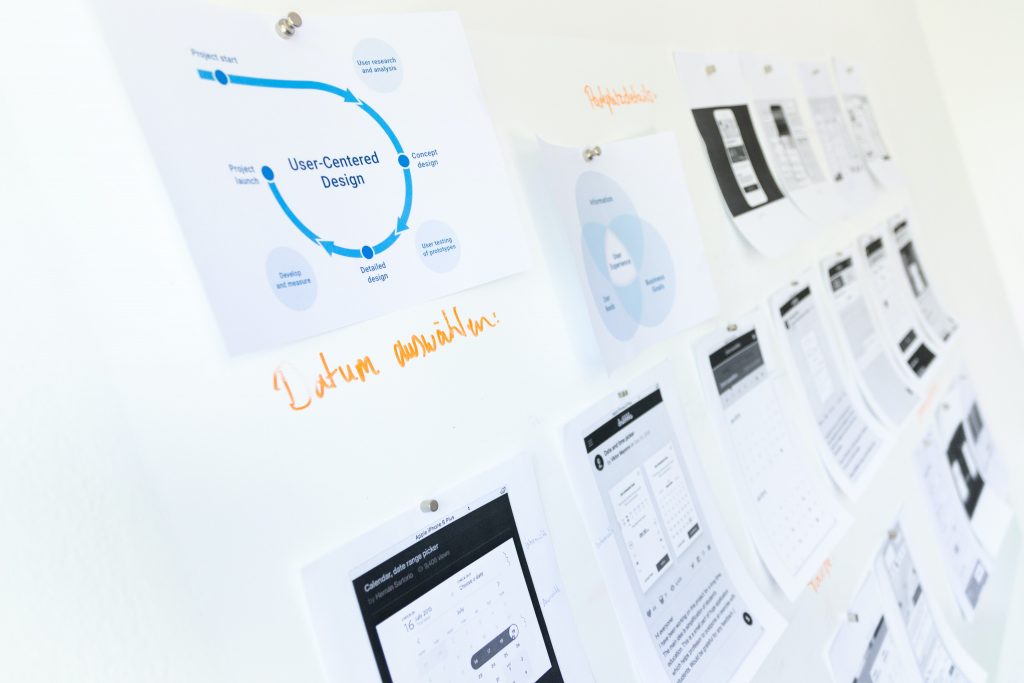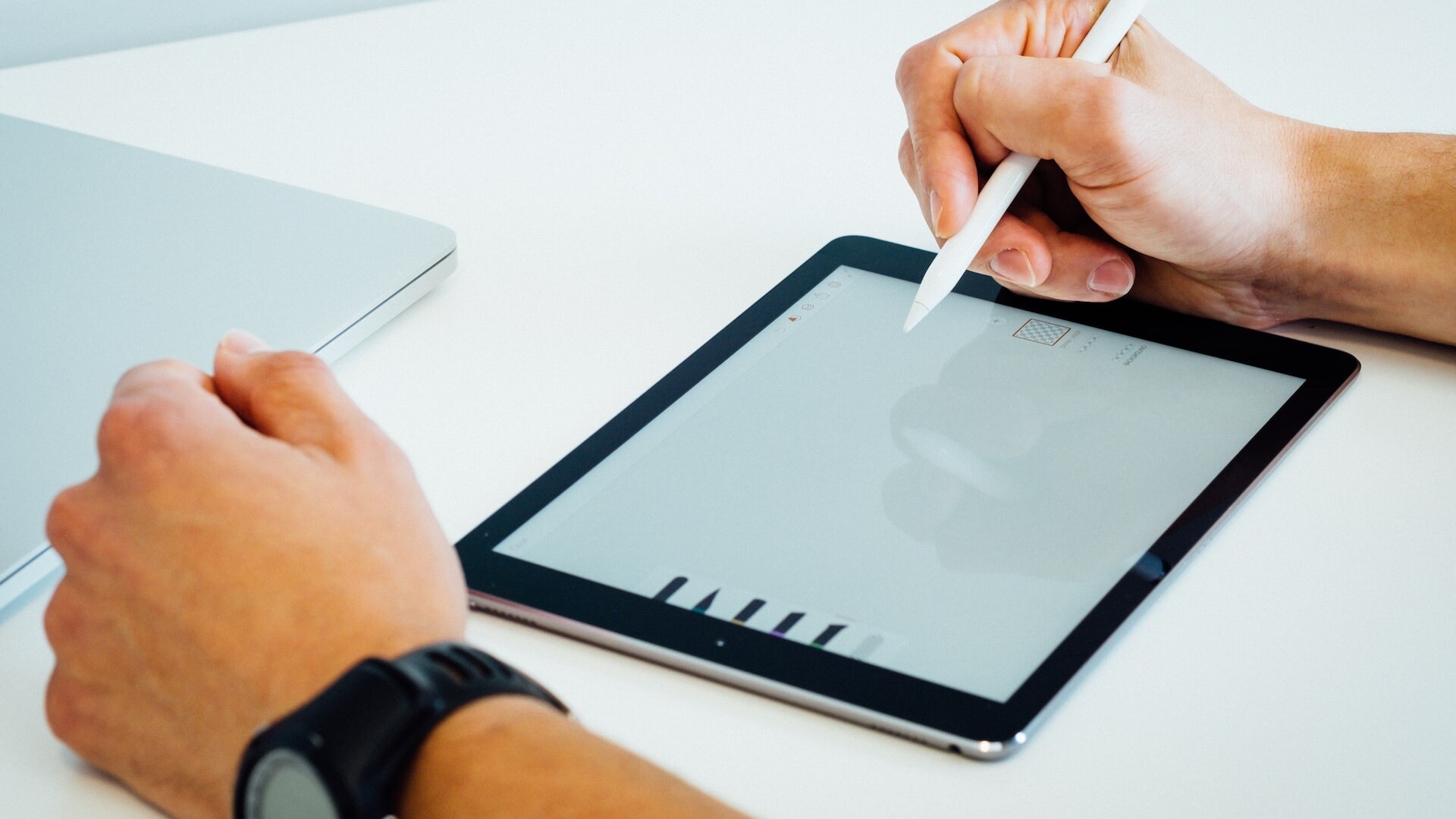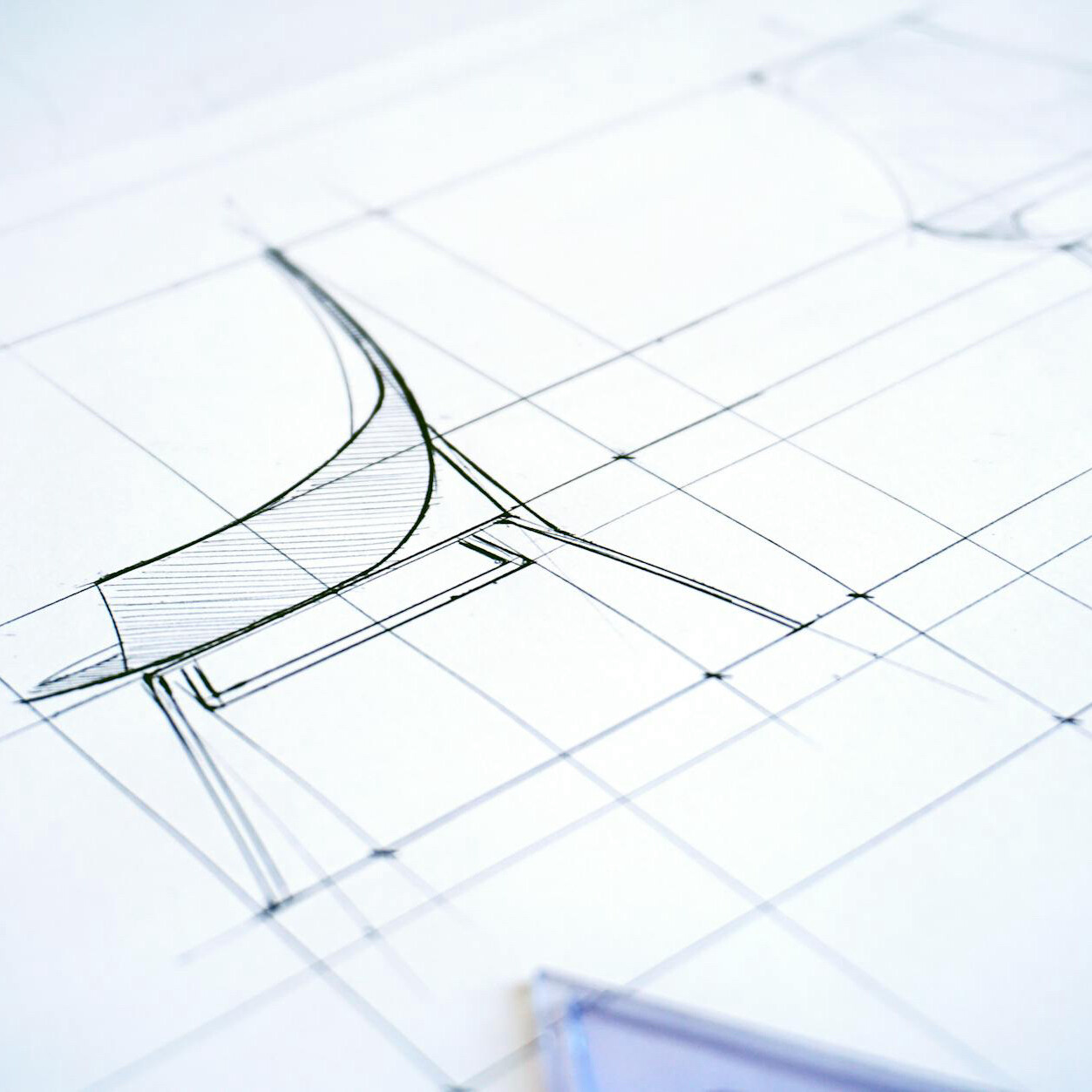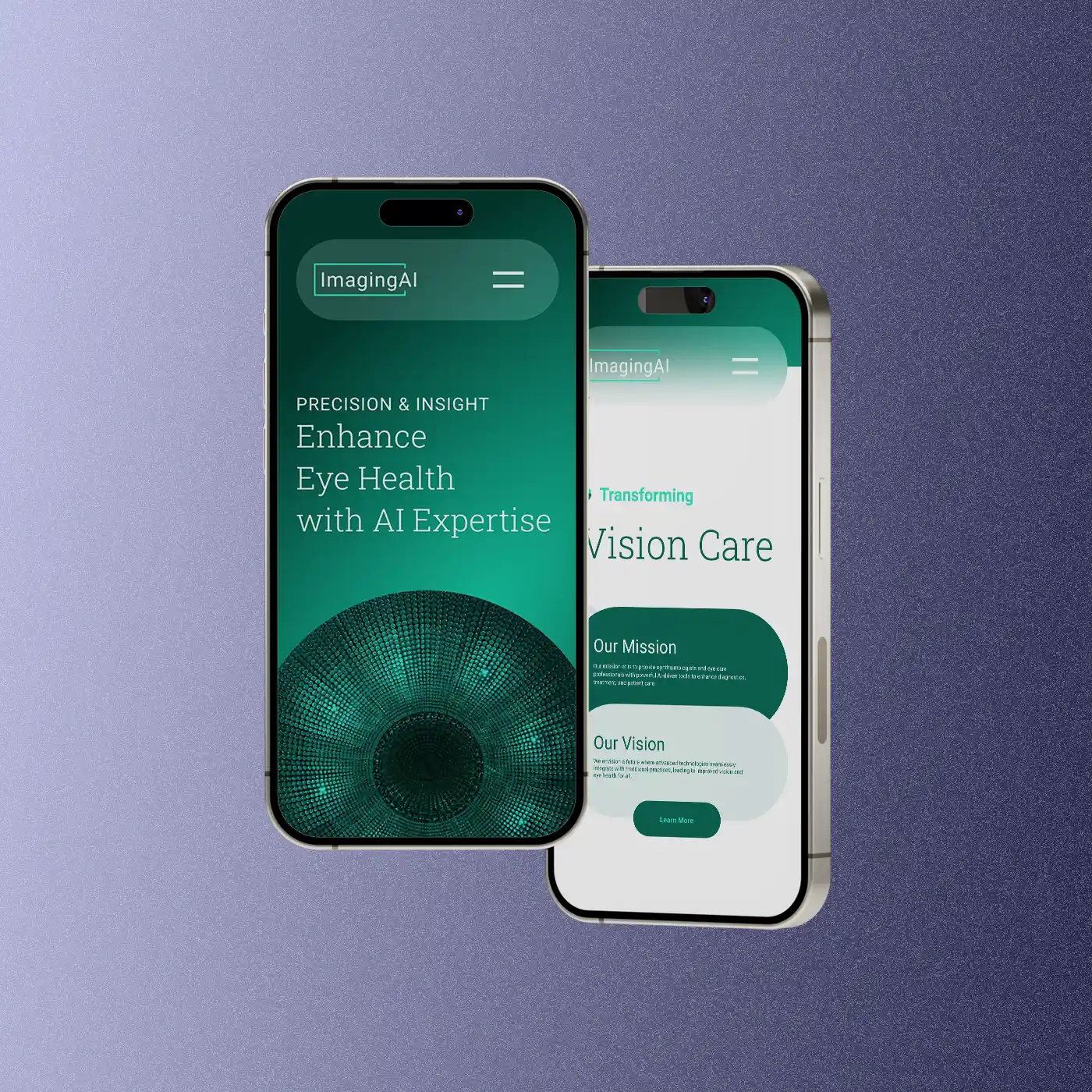UX Design: Why You Need to Focus on User-Centered Design
Brand managers often have a hard time choosing between a message focused or design-focused approach. While it’s essential to have a clear vision of what you want for your design to communicate, something that is only in the illustrative form does not solve the whole challenge. Combining strong messaging with a solid design framework is vital. That’s where collaboration with a design agency that specializes in UX design comes in. An independent party perspective is crucial in successful experience design. That’s why we often say that UI design and UX design go hand in hand.

First, you need to realize that experience is all around us. Experience is something that can be controlled and designed. You could be creating a design for a large campaign, a website for a brand initiative, or an interface for a new app. You’re either going to put in a big investment into the project or have already done so. By designing from the user’s perspective, you are minimizing risk, due to the fact that you’re giving to the audience exactly what they want. Most brands cannot afford a big failure, so it’s not worth risking. Engaging UX design methods come in the fusion of data and user-centered design. In the industry we call that method data-driven design.
Gaining valuable insight by engaging actual users will give you solid metrics that you would never have otherwise discovered. The only way to figure it out is to experiment with actual users and study analytics to find out what exactly works and what does not. What needs to be done to help with a users’ journey or deliver what they’re looking for. Analytics in combination with focus groups is priceless for helping scale and grow the platform.
It makes even more sense when you realize that goals are met through tractionless user engagement. Whether you’re trying to get somebody to use your app, sign up for product subscription, or purchase a service – you need to start by getting users’ attention and keeping them engaged. In order to accomplish this, you need to have a design that makes sense to the user, one that is intuitive and easy to follow. Design that is easy to navigate and bring them from point A to point B.
If you want the user to keep returning to your platform, you want to focus on making sure that the interface is easy to understand and use, the functionalities load quickly, and the app is rewarding to use. In recent years we have seen this form of platform gamification. Seamless user journey combined with “easter eggs” in the UI is what makes interaction joyful. By rewording the users throughout the interaction with a platform, you are reminding them that behind design and algorithms are real people caring and thinking about the users and experiences with their product.
UX design usually starts with research and analysis and evolves from there. This means that you can emerge with a good mix of best practices and develop the idea you have for the design from there. It’s all about being flexible enough to let it evolve organically.
Related Articles
The Importance of Grids in Design
July 12, 2024
Design Systems and AI Technology
April 9, 2024



